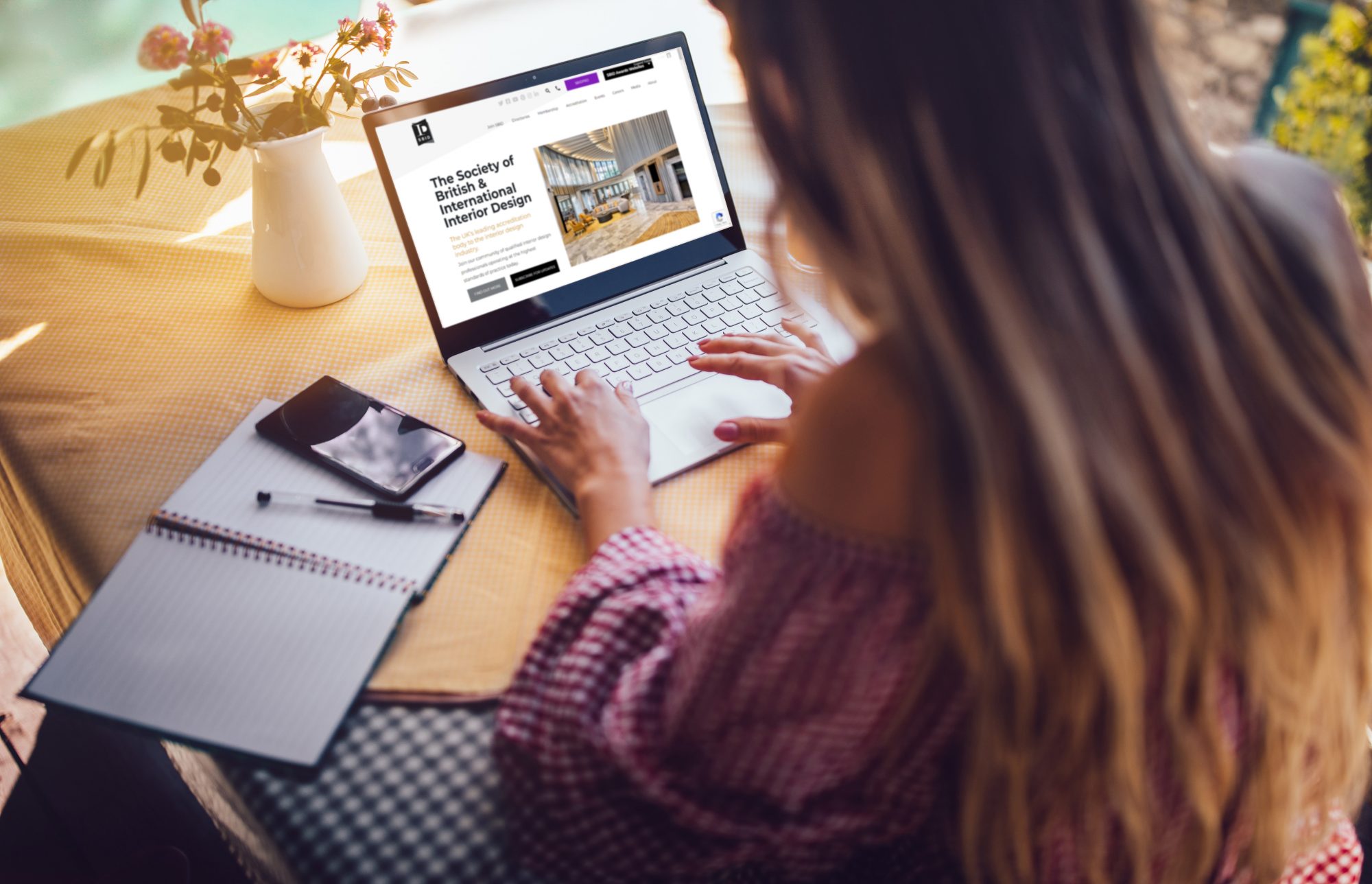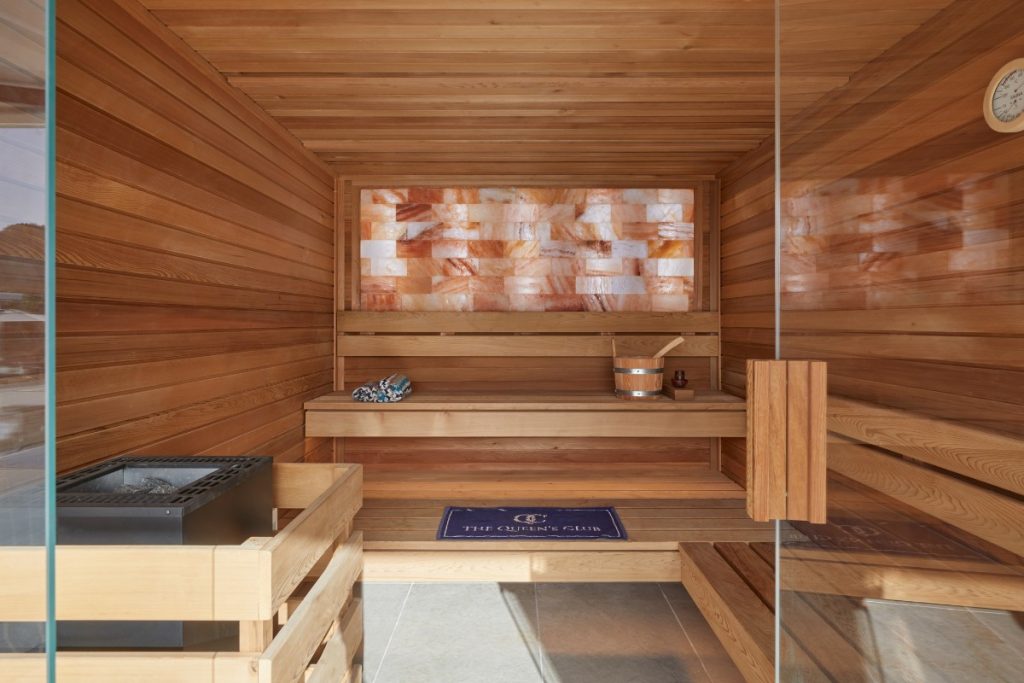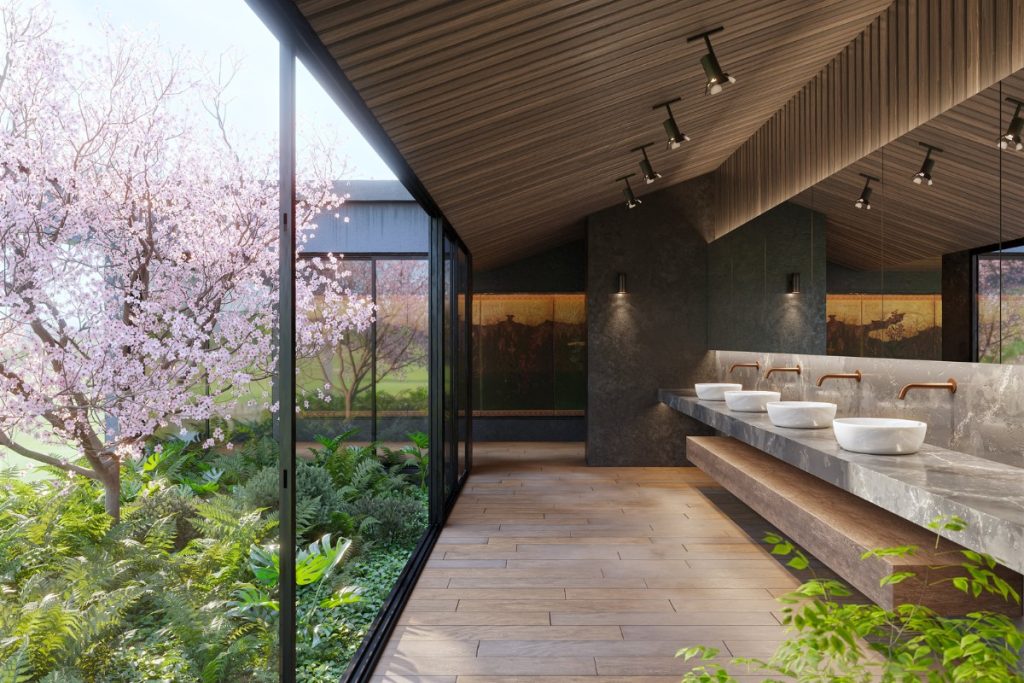 4th October 2022 | IN DESIGN STUDENTS | BY SBID
4th October 2022 | IN DESIGN STUDENTS | BY SBIDYour website is a storefront for your interior design services, and a potential customer’s first impression of your brand. A website is also the primary way that you can attract audiences and grow your business in the online world. Invest intelligently, and don’t underestimate the power that a professional website can have for your business.
Website Design
In many ways, your website is a reflection of your brand image; it’s the first impression customers and clients have of your business and influences your relationship with them going forward. When designing your website, it’s important to keep your brand image in mind so your online presence is consistent with other communication channels or media platforms, and looks professional.
If you choose to build your website using a website builder, you can select a theme relevant to your interior design business; the downside is that themes are recognisable and can lack originality. For this reason, it’s worth investing a little more in your website design to develop an original style that is more memorable and stands out from the crowd.
Website Navigation
Website navigation is a high priority – not only for customer experience, but also for search engine functionality. The latest search engine algorithms account for how easily users can find their search intent on your website; it also takes into account page loading speeds, so you should ensure that your website design is user-friendly, and any images used are optimised and formatted appropriately.
Navigation refers to how well users can find their way around your site and locate their primary search intent. Not only do you need clear menu options on every page, but all of your links must be working correctly and connect to the right, relevant pages – it’s crucial to pay attention to the user journey as you develop your website, making it as easy as possible for visitors to find the information they’re looking for. These factors also support your website’s on-site SEO strategy.
Cross Platform Functionality
These days, even a well-designed website will underperform unless it has cross-platform functionality, which means it is capable of functioning on mobile and tablet devices, as well as traditional computers and laptop screens. This functionality helps to improve SEO efforts and the user experience.
Around seven billion people worldwide use smartphones nowadays, and it is one of the primary ways people access information, so if your website is not optimised for mobile, then it is likely to receive less traffic and fewer leads. Most site builders will offer smartphone integration to ensure your website can serve audiences, in whichever medium they find you on!
High-Quality SEO
Digital advertising is effective, but it is also costly. Paid advertising should always be considered, but that must be in addition to high-quality, organic growth that can be achieved using a clear SEO strategy. Not only does SEO improve user experience, but it also makes your business more visible to the right customers.
To create high-quality SEO on your website, make sure you are producing relevant content that adds value to your customer’s experience of your website. Additionally, make sure you are using relevant keywords and that everything is optimised – including the HTML code in images.
Calls to Action
A call to action should not be underestimated. When creating content for your website, it can be easy to overlook a call to action or simply assume that the next step is obvious to visitors and an essential statement can be omitted. That is not the case. Studies show that visitors respond to the calls!
A call to action can be a request to take action on a webpage, such as signing up for a newsletter, arranging a consultation call, following you on social media, or requesting a quote for interior design services. Make sure visitors can visibly see see what action to take when they finish reading.
Looking for another way to showcase professionalism on your website? Becoming an accredited interior designer through the Society of British & International Interior Design can enhance your professional profile and raise industry credibility.
The SBID Accredited marque is globally recognised symbol of design standards and quality across the profession.



